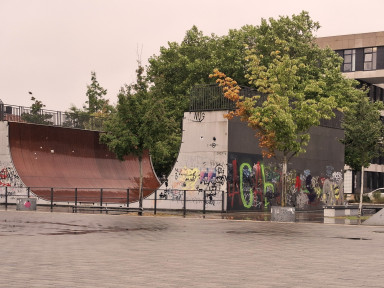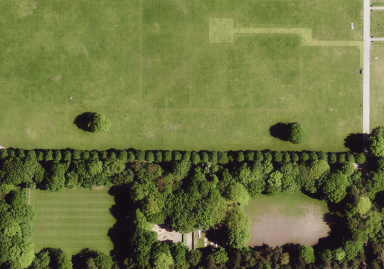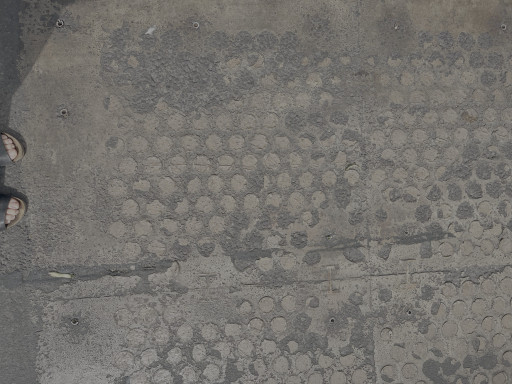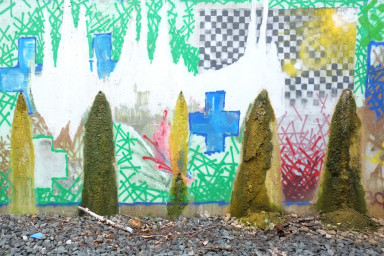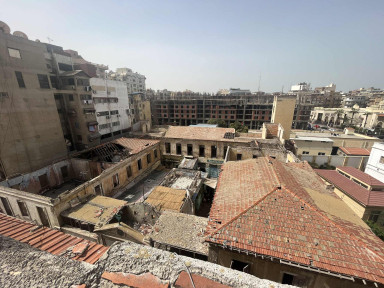Gendering the right to the city
Citizenship, environmental justice, and the role of place-making
This study explores the role of place-making as a form of urban citizenship in addressing gendered and intersectional structural barriers to the appropriation and use of urban space. Building on the assumption that place-making practices can challenge existing power relations, it investigates how women positioned at the intersection of multiple axes of social stratification navigate and contest eco-social constraints in claiming the right to the city. Focusing on everyday practices in Bielefeld, the research examines how these enactments of citizenship foster belonging, socio-spatial connectedness, and engagement with environmental justice. By tracing how urban environments reproduce or disrupt inequalities, the study seeks to uncover pathways toward more inclusive, equitable, and environmentally just cities.
- gendered citizenship
- the right to the city
- urban environmental justice
- place-making
Context
Urban environmental justice encompasses not only equitable access to resources, such as city parks or socio-cultural facilities, and protection from environmental stressors, including construction noise or air pollution, but also the right to the city as a socio-ecological citizenship practice. A key facet of such citizenship is place-making, understood as the democratic appropriation of urban green, blue, or grey spaces and the experience of socio-spatial connectedness.1 This involves not only spatial access but also active use and shaping of space, contributing to psychosocial well-being and a sense of ‘being at home’, including perceptions of place attachment and belonging.2 Place-making practices are relevant not only for health and social cohesion but also for fostering socio-ecological transformation efforts. Local identification can encourage participation, neighbourhood care, and civic engagement, and also prevent vandalism,3 whereas lack of identification can produce ‘non-places’,4 indifference, and harmful urban conditions.5 Yet, structural and gendered barriers, such as women’s underrepresentation in environmental decision-making and the challenge of reconciling safety concerns with environmental goals, shape how women navigate place-making.6 This raises questions about how these tensions influence women’s urban citizenship practices.
Aims
This research investigates how women with intersecting social positions experience and contest structural and eco-social barriers in claiming their right to the city. It examines women’s everyday place-making practices as expressions of urban citizenship that cultivate belonging, socio-spatial connectedness, and engagement with environmental justice. Drawing on performative theories of urban space appropriation7 and concepts such as sense of place, or niche construction,8 the study explores how power relations shape the right to the city and influence women’s ability to enact citizenship practices, mobilize place-making resources, and develop socio-spatial connectedness. The research is grounded in the assumption that spaces are socially constructed9 and that cities are relational, socially produced environments shaped by societal characteristics and embedded power structures.10 Place-making is thus understood as an active instrument for challenging and addressing existing power relations, offering both a theoretical contribution to debates on the right to the city from a citizenship perspective – understood not only in legal or political but also in social and spatial terms – and practical insights for fostering environmentally just urban spaces.
Research design
The study adopts a qualitative research design. Data are collected through semi-structured interviews of Bielefeld citizens, complemented by neighbourhood walks that capture embodied, relational, and spatial experiences of everyday city life. Interviews are analysed using critical discourse analysis (CDA) to explore how narratives, practices, and interactions articulate urban citizenship and environmental justice. Neighbourhood walks are examined through detailed observational notes and spatial mapping, highlighting areas of inclusion, exclusion, and engagement. Building on theoretical insights from critical public health, eco-feminism, and citizenship studies, the findings are to provide a nuanced understanding of the role place-making plays in claiming the right to the city and shaping urban environmental justice trajectories.
Supervisors:
- Prof. Dr. Benno Fladvad
- Prof. Dr. Stefan Aykut
